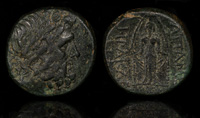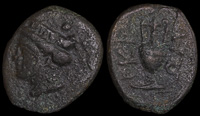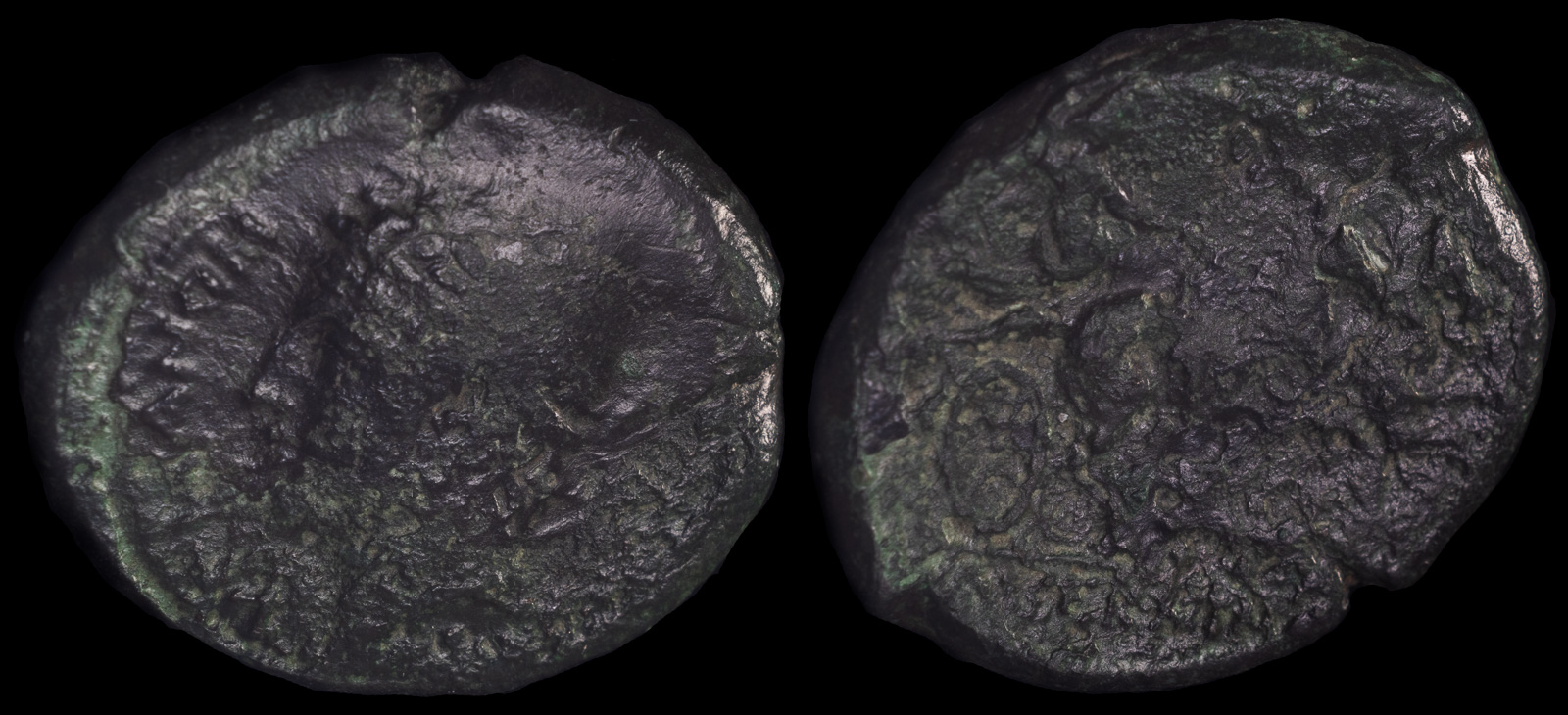Polos
View All Tags
In addition to its use by women, the polos was also worn by certain male figures, especially in artistic depictions of gods or kings. It became an emblem of religious and royal authority, serving as a visual cue to the viewer of the person’s elevated status. In some cases, the polos was worn as a symbol of connection to the divine, particularly in religious rituals. The goddess Demeter, for example, was often shown with a polos on her head, emphasizing her role as a powerful, earth-bound deity. The polos could also be seen as a protective symbol, a crown of sorts, representing a connection to the heavens and divine protection.
The polos appears frequently in ancient Greek art, especially in sculptures and vase paintings. In these depictions, it was often shown as a cylindrical or tower-like shape that wrapped around the entire head. Over time, the polos evolved and was incorporated into different artistic styles, often varying in the level of ornamentation or embellishment. In many cases, it was paired with other forms of regal or religious dress, like the peplos (a garment worn by women), further enhancing its association with ritual and status.

Aesernia, Samnium 263-240 BCE

Aigiospotamoi, Thrace 4th cen BCE

Apamea, Phrygia 133-48 BCE

Kromna, Paphlagonia 330-300 BCE
